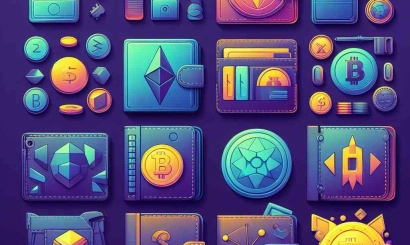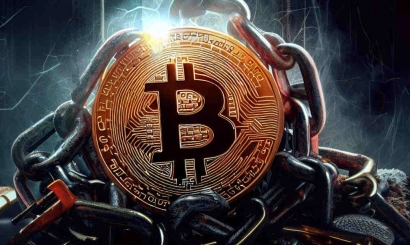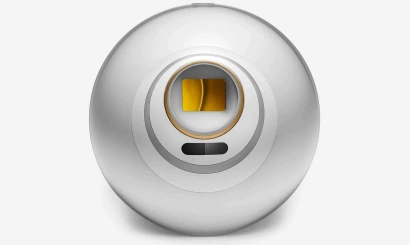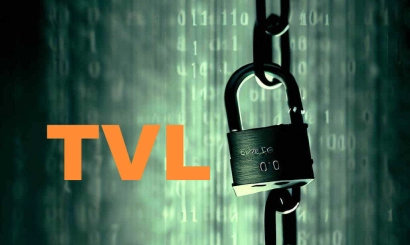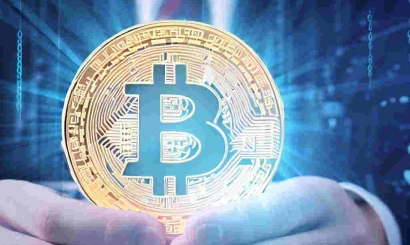Building Your Own Blockchain in Python: A Practical Guide While most people know blockchain as a decentralized database, this article aims to provide hands-on experience by showing you how to create your own blockchain using Python. This practical approach will enhance your understanding of the technology while offering valuable programming practice.
UNDERSTANDING THE BLOCKCHAIN STRUCTURE
Let's begin coding our blockchain in Python. First, we need to define the essential components of each data block. A typical block contains:
- A timestamp
- The actual data
- An index (which is optional)
For our implementation, we'll use both timestamp and index for better clarity. The data within each block isn't stored in its raw form but is instead converted into a hash using encryption. Additionally, each block contains the hash of the previous block. Therefore, our final block hash will incorporate:
- The timestamp
- The block index
- The data
- The previous block's hash
This structure will be implemented in our code.

CREATING THE GENESIS BLOCK
Every blockchain needs a starting point - the genesis block. This presents a unique challenge: how do we include a previous block's hash when there isn't one? The solution is to manually set it. We'll create the first block with index 0, arbitrary data, and a manually assigned previous hash.


IMPLEMENTING BLOCK GENERATION
With our genesis block in place, we need to establish the mechanism for creating subsequent blocks. The process follows these steps:
- Accept the previous block as input
- Create new block data using received parameters
- Output a new block with validated information
This approach of incorporating the previous block's hash enhances security, verifiability, and data integrity, making it harder to falsify historical data.

GENERATING THE BLOCKCHAIN
Now that we have our block structure, genesis block, and block generation algorithm, we can create the complete chain. Starting with the genesis block, we'll add new blocks to form the chain. For this educational example, we'll limit our chain to 20 blocks, using a simple for-loop for generation.

While this implementation is far simpler than Bitcoin's blockchain, it serves as an excellent learning tool for beginners. To make it production-ready, you'd need additional features like rate limiting, distributed consensus mechanisms, and multi-node synchronization.
- Cryptocurrencies in Islam: Halal or Haram?
- What is more profitable PPS or PPLNS?
- Hybrid cryptocurrency exchanges: what is HEX?
- What is Dash (Dash) cryptocurrency?
- How to Know Mining: Key Terms
- The best software miners for a quick start
- What is a scam?
- What are parachains?
- What is NFT?
- What is Bitcoin?
- How to assemble a rig for mining with your own hands


